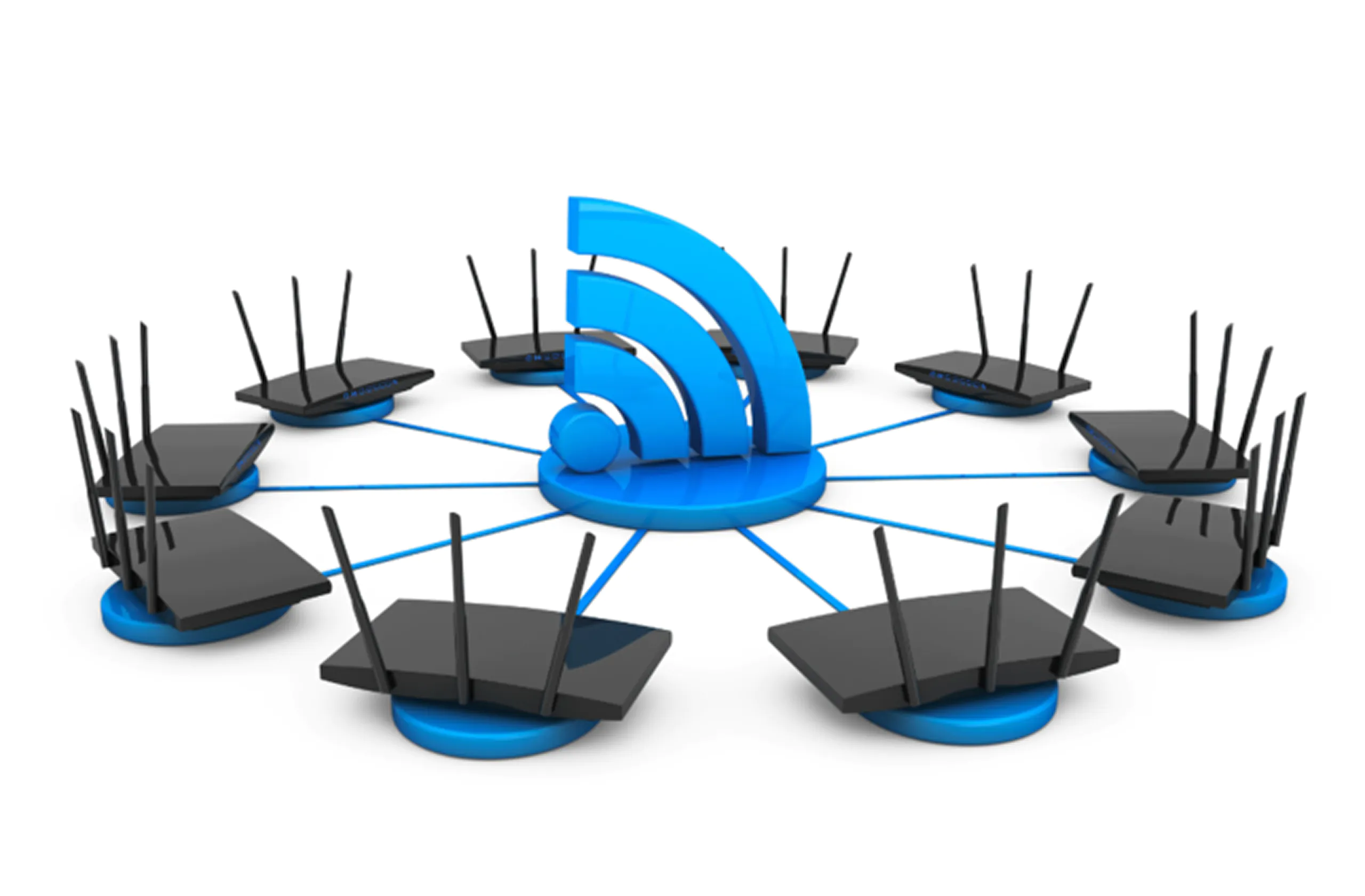A reliable, high-performance network is essential for businesses in Dubai, Abu Dhabi, Sharjah, and across the UAE. At Swarajya IT, we specialize in the configuration of switches, routers, and wireless access points, ensuring seamless connectivity, robust security, and scalable solutions for organizations of all sizes.

Device Type | Description | Use Case |
Unmanaged Switch | Plug-and-play, no configuration required | Small offices, basic connectivity |
Managed Switch | Advanced features: VLANs, QoS, monitoring, security | Enterprises, complex networks |
Smart Switch | Simplified management, basic VLAN/QoS | SMEs needing some control |
Layer 2 Switch | Operates at Data Link Layer, MAC-based switching | LAN segmentation, VLANs |
Layer 3 Switch | Adds routing capabilities, IP-based switching | Larger, multi-network environments |
Enterprise Router | Advanced routing, firewall, VPN, multi-WAN | Large businesses, branch offices |
SMB/Home Router | Basic routing, Wi-Fi, simple firewall | Small offices, home networks |
Step | Description |
Assessment & Planning | Analyze business needs, network size, and security requirements. |
Physical Installation | Connect switches, routers, and access points; ensure proper cabling and power. |
Initial Device Setup | Assign IP addresses, update firmware, and set device hostnames. |
VLAN & Network Segmentation | Configure VLANs for traffic separation and enhanced security on managed switches |
Routing & Firewall Setup | Set up routing protocols, NAT, and firewall rules for secure internet access |
QoS & Traffic Management | Prioritize critical applications with Quality of Service settings |
Wireless Configuration | Set up SSIDs, security (WPA2/3), and guest networks on access points. |
Monitoring & Management | Enable SNMP, logging, and centralized management tools for ongoing monitoring |
Testing & Optimization | Validate connectivity, security, and performance; adjust settings as needed. |

Feature | Managed Switch | Unmanaged Switch |
Configuration | Advanced (VLAN, QoS, SNMP, ACLs) | None (plug-and-play) |
Security | High (access control, monitoring) | Basic (physical security only) |
Monitoring | Yes (via software/CLI) | No |
Scalability | High | Limited |
Best For | Enterprises, complex networks | Small offices, simple setups |
Example Brands | Cisco, HPE Aruba, D-Link, Ubiquiti | D-Link, Netgear, TP-Link |

A switch connects devices within a local network, while a router connects multiple networks and manages traffic between them
Yes, but only for local device communication. A router is required to access the internet or other networks
Managed switches offer advanced configuration and security features; unmanaged switches are plug-and-play with no configuration needed
Use strong WPA2/WPA3 encryption, hide SSIDs, enable MAC filtering, and update firmware regularly.